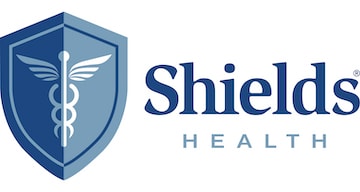MR Arthrogram FAQ
An MRI is a sophisticated technology that uses a computer, a high-strength magnet and radio waves to produce high-resolution images of the soft tissues and bone marrow. There is no radiation. MRI has been safely used for decades to provide information to help in the early diagnosis and treatment of disease. An MR arthrogram is a further refinement of the technique that provides your physician with valuable information about joint structures, characterizing the condition of ligaments, tendons or cartilage in shoulders, knees, elbows, wrists, hips and ankles.
An MR arthrogram is a painless, two-part exam that lasts approximately 90 minutes. You should plan to be at the hospital for approximately two hours, to ensure adequate time to register and prepare for the exam.
When you arrive at the radiology department at the hospital, a technologist will bring you into the fluoroscopy room and explain the procedure. The radiologist will numb the area that needs to be scanned with a local anesthetic. Once the area is numb, the joint will be injected with a small amount of a contrast agent. Several X-ray images will be taken. Once these are complete, you will be taken to the MRI exam room for the scan. During the scan you can relax and listen to music while the images are being taken. The MRI machine makes a tapping sound as it creates the images.
No special preparation is needed for an MR arthrogram. You can eat and drink as you normally would and should take any prescribed medicines. If you have had an allergic reaction to contrast agents, please contact your referring physician as he may recommend other diagnostic procedures. If you have bleeding problems or are currently on anticoagulants, such as Coumadin or aspirin, inform your doctor before the scheduled exam.
There are usually no major side effects with this exam, so you can resume your normal activities. Most patients will feel minor discomfort, such as joint stiffness, that may last for several hours.
If pain and discomfort last for more than six hours, you may take non-aspirin, over-the-counter pain medication. Avoid aspirin, as it can cause a slightly increased chance of bleeding. If the pain continues for more than 24 hours, or if you develop a fever or have significant bleeding, please call your doctor immediately. Following the test, our MR technologists will review the images and prepare the information for interpretation by the radiologists. The results will then be forwarded to your physician, who is the only person authorized to discuss the results with you.
